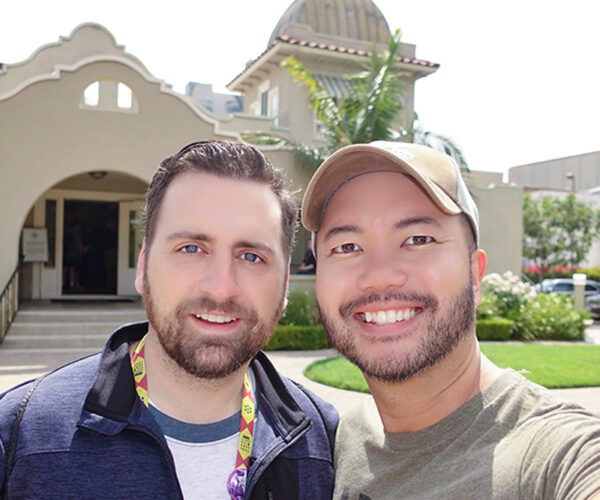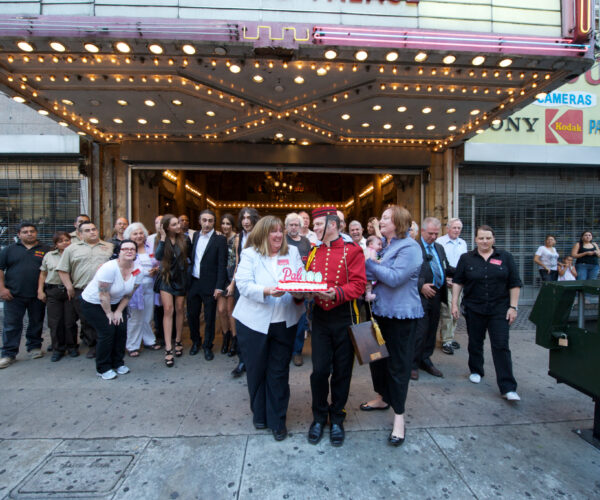Feature
The Public Realm
As Los Angeles County's growth exploded after World War II and neighborhoods and cities sprang up where there were none before, architecture became critical in creating a sense of community and meeting the needs of everyday life.
Museums, schools, churches, libraries, civic centers, banks, hospitals, parks, and entertainment venues were important symbols of place and identity. Architects had the rare opportunity to help create the building blocks of life for a booming population.


